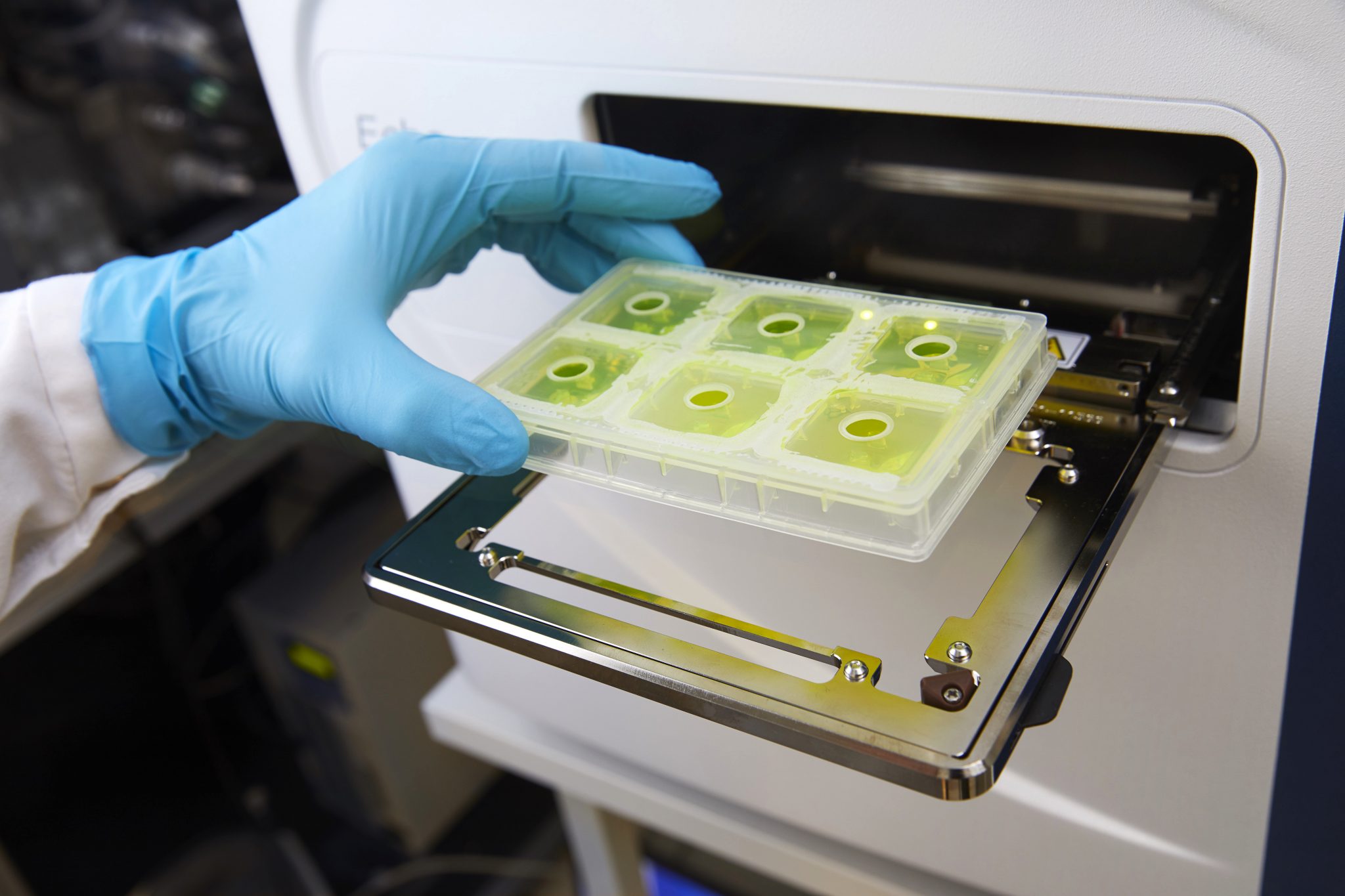Absent protein potential target for diabetes drug treatment

Knowledge of a newly discovered genetic disorder can lead way to development of new diabetes drugs. This is shown in a study co-led by SciLifeLab researcher Anna Wedell (Karolinska Institute) and published in the journal Diabetes.
The newly discovered genetic disorder, with high levels of lactic acid and low levels of the amino acid methionine in the blood, can cause tissue damage, respiratory effects and even have a fatal outcome if left untreated.
“We discovered that the symptoms were due to a mutation in the gene that encodes the protein TXNIP [thioredoxin interacting protein], which had never previously been described in humans. Based on the results in animal models, this protein has been suggested as a possible target for new diabetes drugs, since overexpressing TXNIP in mice induces diabetes, while a lack of TXNIP protects against diabetes,” says Professor Anna Wedell in a news article by Karolinska Institutet.
What would happen in humans if the protein TXNIP were absent has previously not been known. The results of the new study provide insights that strengthen the hypothesis that TXNIP may be a potential target for drug treatment in diabetes, provided that any high lactate levels as a result of such treatment can be managed.




